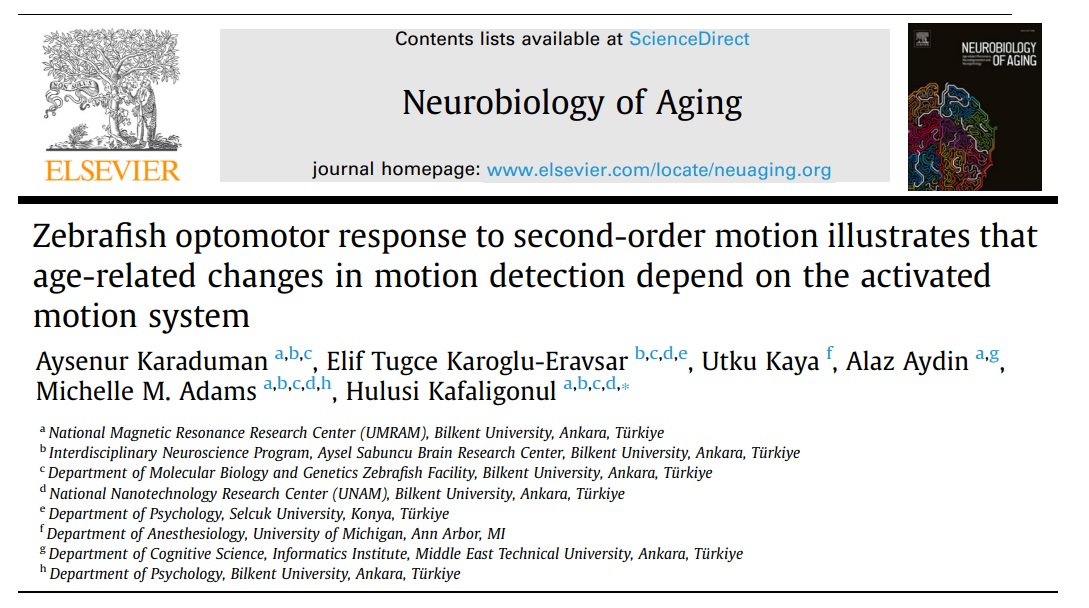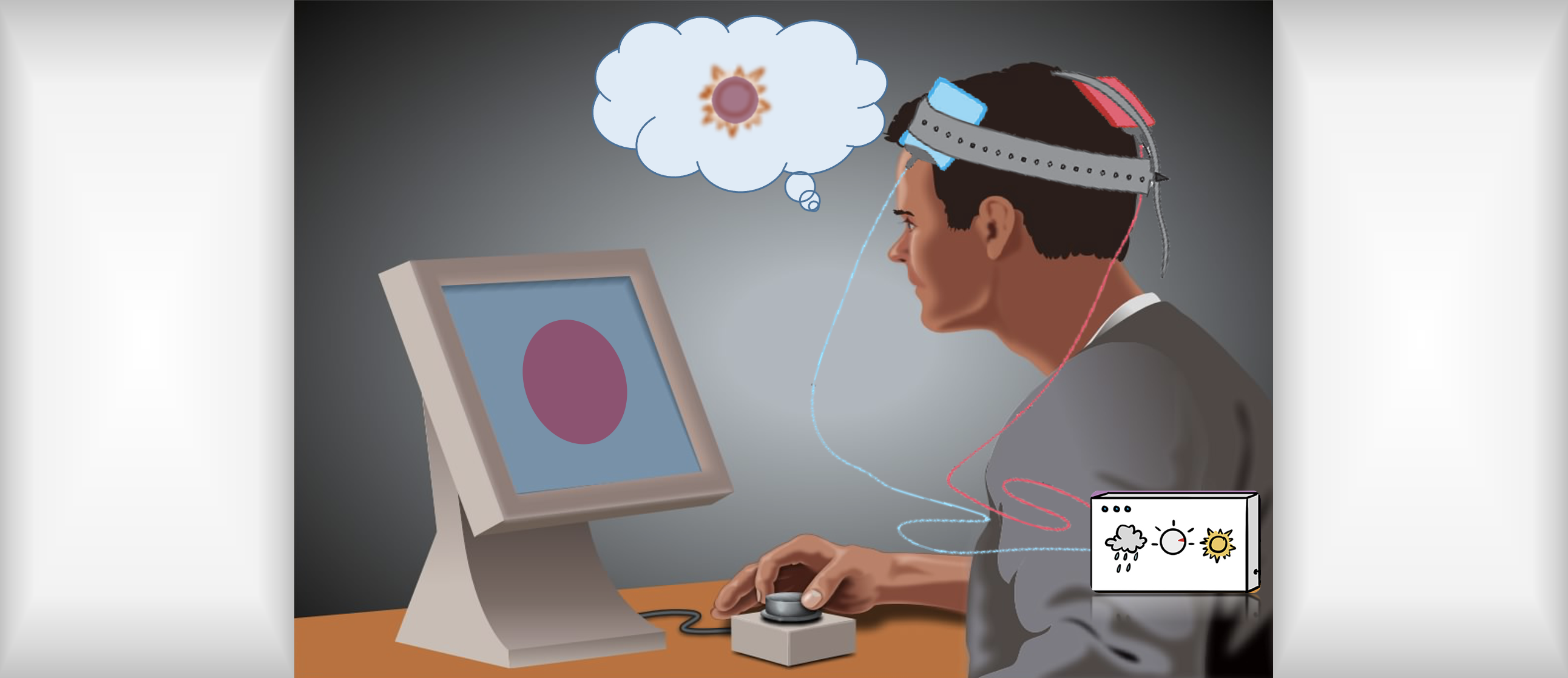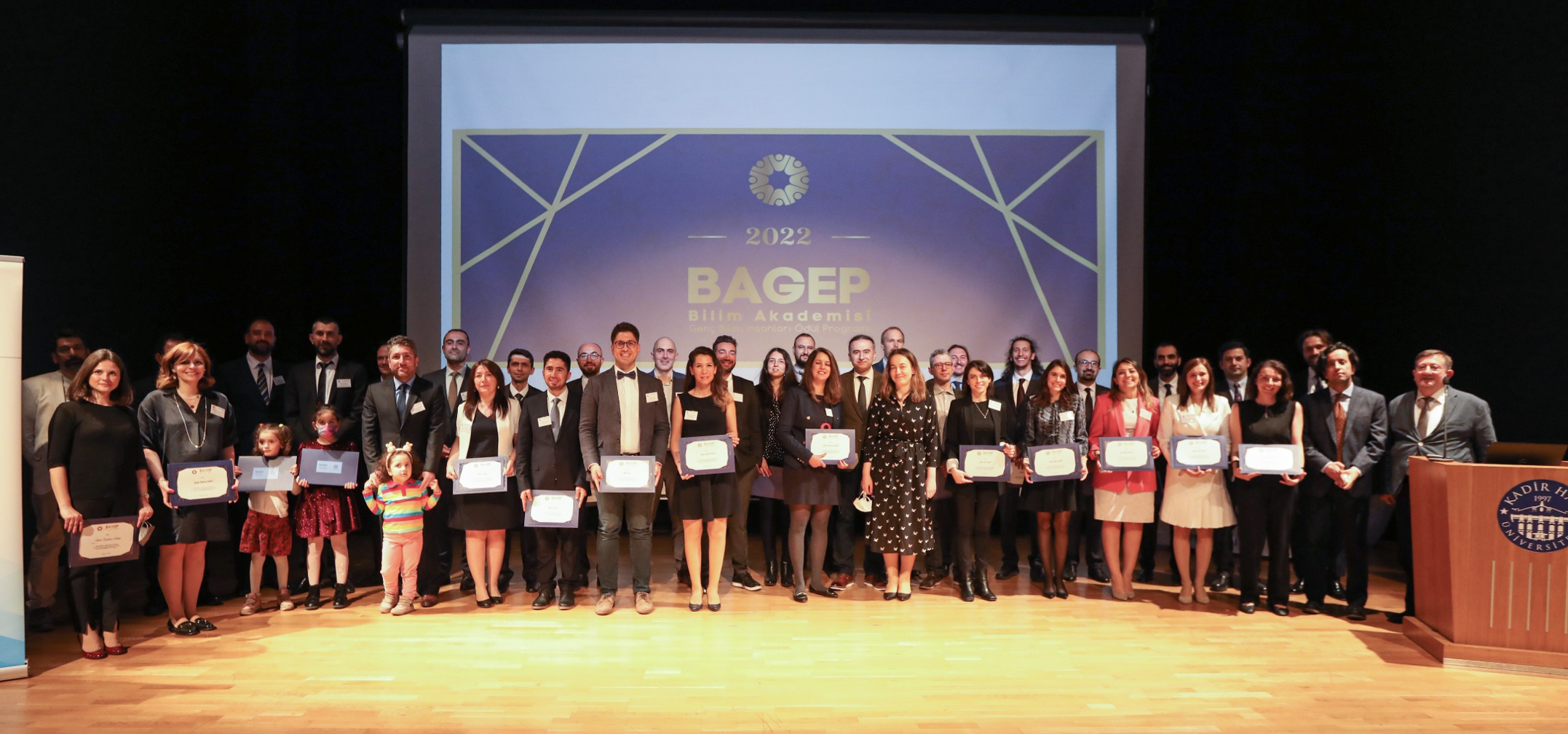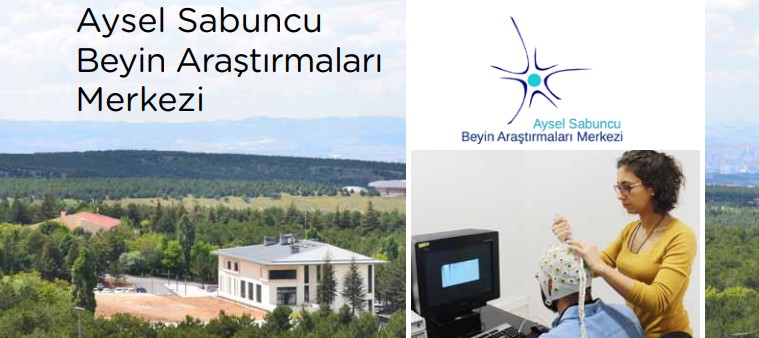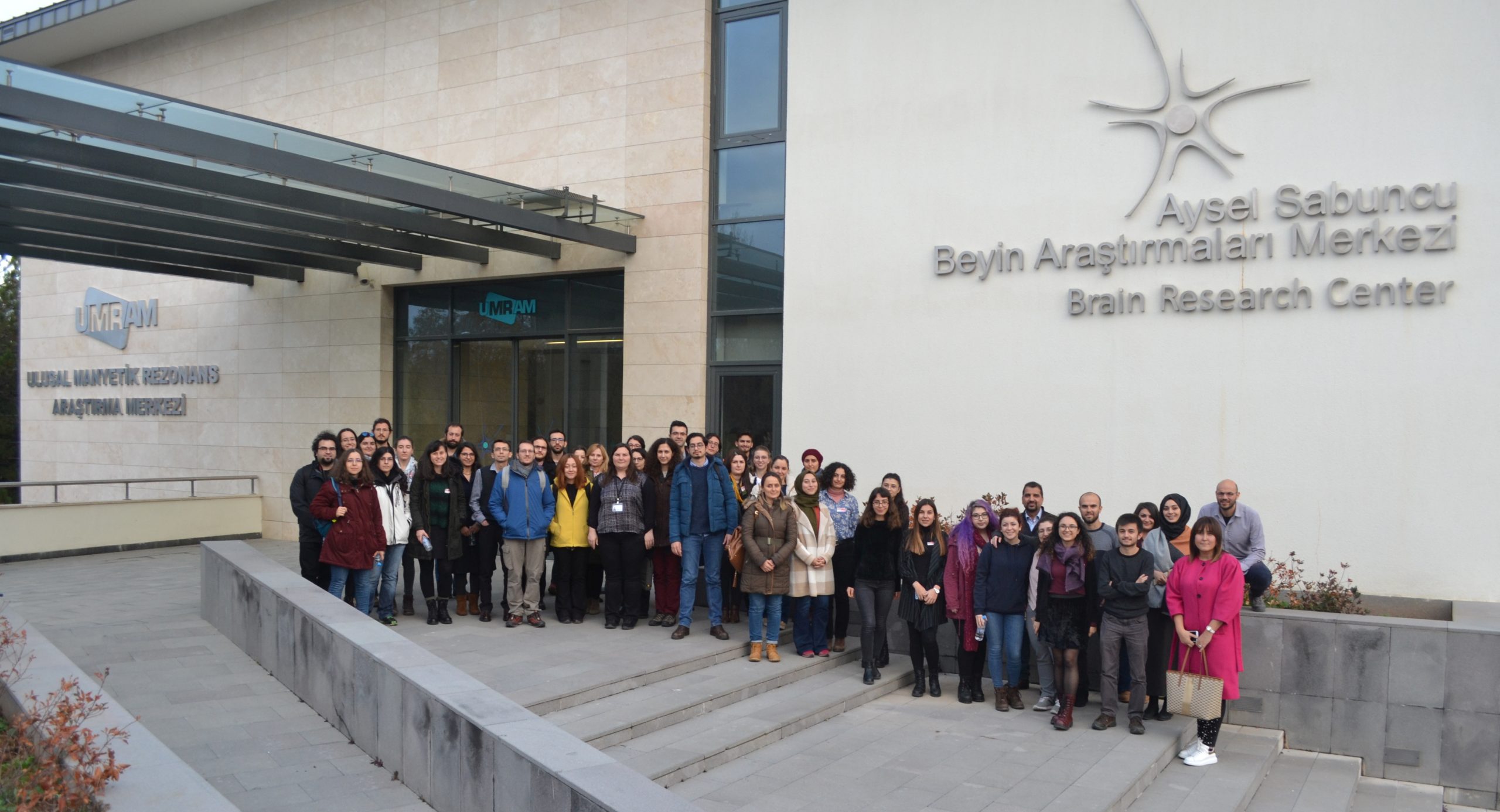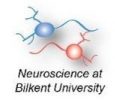A central problem in systems neuroscience is to understand how neural activity gives rise to perception and behavior. Vision provides an excellent model system to study how this happens. One third of the human cerebral cortex is dedicated to analyzing visual information and the processing hierarchy for visual information is very similar to the general functional structure in the brain.
Accordingly, our research group aims to elucidate the neural processes underlying visual perception and cognition. We believe that deep understanding of visual system provides substantial information in order to shed light on the central problem in systems neuroscience.
We take an integrative approach using both experimental and theoretical components. We use psychophysics and brain imaging for the experimental aspect of our work. The theoretical aspect consists of constructing, testing and refining physiologically plausible models to account for experimental results obtained by us and other researchers. As modeling tools, we use modern mathematical and engineering tools such as neural network theory and principles of non-linear dynamics.Our group is affiliated with National Magnetic Resonance Research Center (UMRAM), Aysel Sabuncu Brain Research Center, Bilkent Neuroscience Program and Zebrafish Facility.
